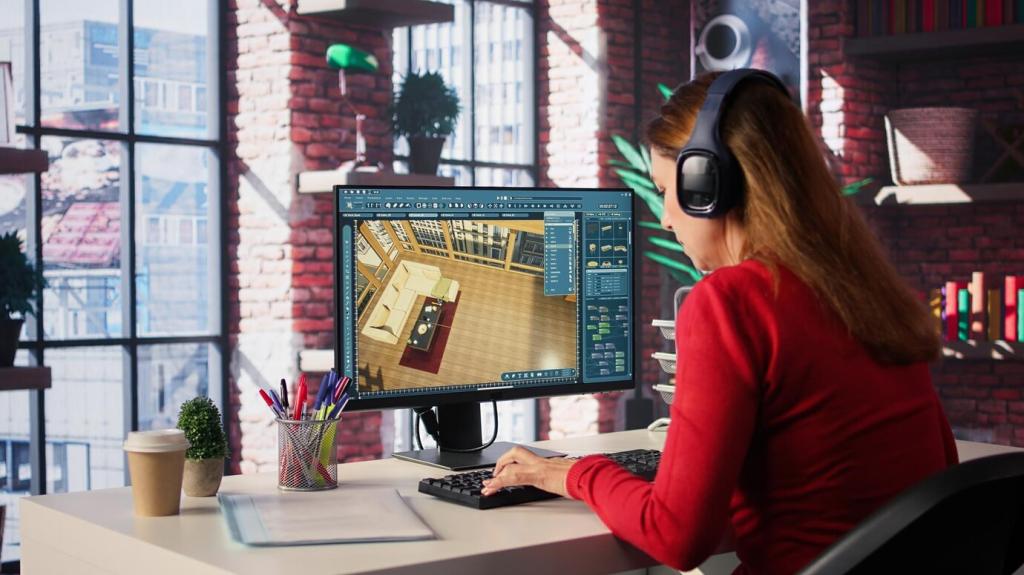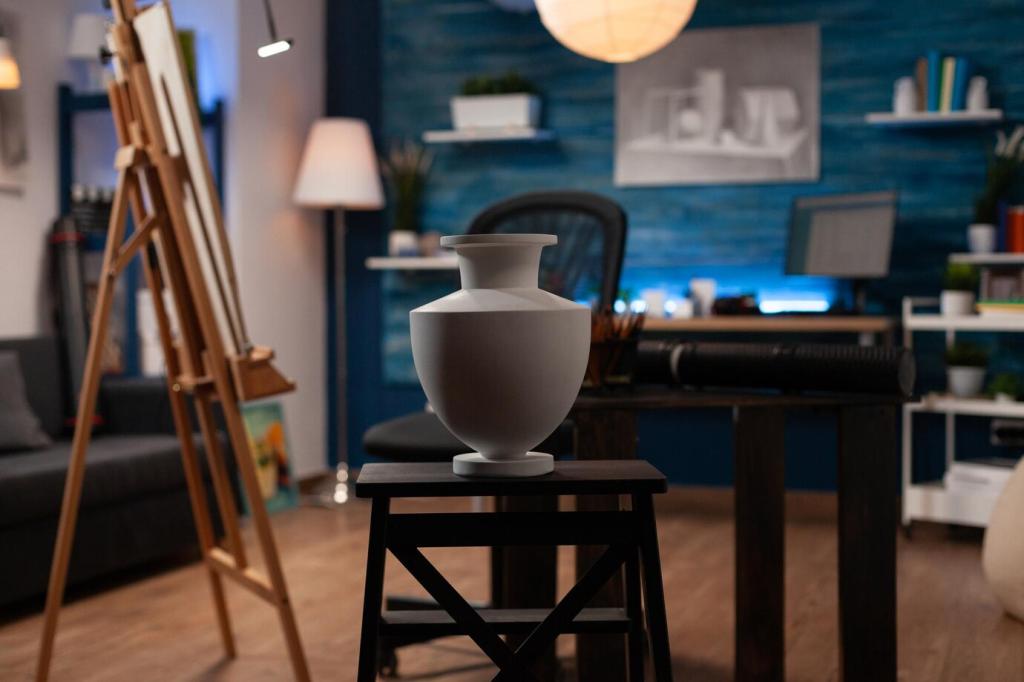Human Stories: Interactive Homes That Care
When Maya arrived home soaked, the entryway recognized her approach, warmed the floor, brightened to a cozy amber, and started the towel-warming rail. She laughed, thinking, my home understands me—and subscribed to share her settings with friends.
Human Stories: Interactive Homes That Care
The kitchen sensed a recipe open on the island. Lights shifted to task mode, the vent ramped automatically, and gentle jazz filled the room. Their kids now ask the house to set “pasta night,” because ritual became delightfully interactive.
Human Stories: Interactive Homes That Care
After late shifts, Luis’s home dims hallway lights, silences notifications, and lowers blinds automatically. His sleep routine stabilizes, and he swears the house feels like a considerate roommate, not a gadget—proof that design can care.
Human Stories: Interactive Homes That Care
Lorem ipsum dolor sit amet, consectetur adipiscing elit. Ut elit tellus, luctus nec ullamcorper mattis, pulvinar dapibus leo.








